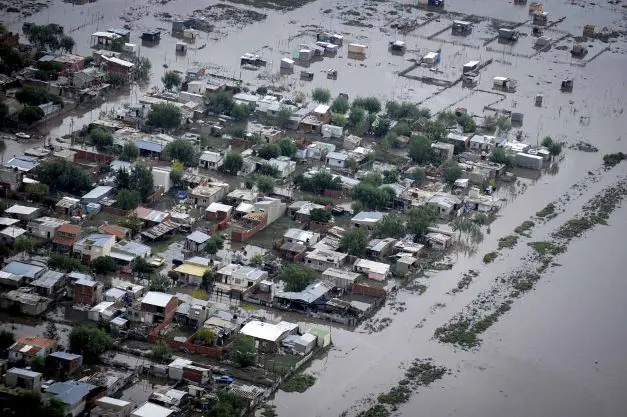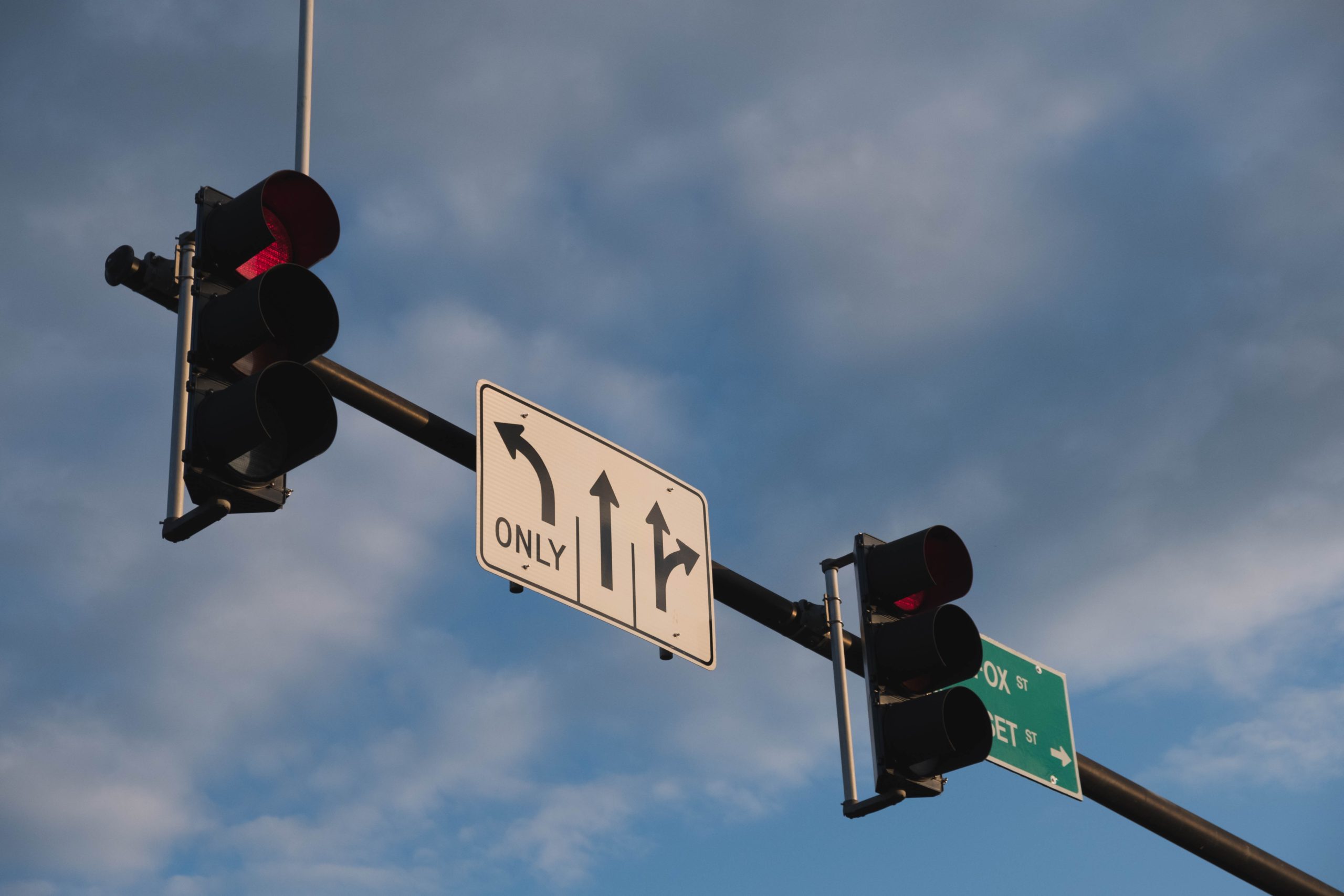If you have ever found yourself growing bored of walking around the city and seeing grey walls, uninteresting propaganda and corporate billboards, or tired of the constant hum of political bickering, then you should love Street Art. Of course, you might be thinking of a back alley wall covered in scribbles and the archetypal drawing of a phallus and testicles, in countless variations. But imagine, if one day on your way to work you find a beautifully crafted stencil or fully formed mural that stops you in your tracks, that makes you laugh, think and maybe even feel inspired – you would appreciate it, wouldn’t you?
Unfortunately, this is not the case in many cities. Take Barcelona as an example: a world renowned city on the coast of Spain, famed for many things, and deep in its cultural heritage with an artistic beauty that few places can match. It was the seeding ground of one of the most vibrant artistic communities of the 21st century. However, something went wrong. Very wrong.
When I joined Mapping Barcelona Street Art (MBPA) and Onist Film I had enjoyed Street Art for a long time, and upon those fateful encounters with a piece that speaks to your soul, I could not help but feel curious as to the workings of Street Art. MBPA were organizing an exhibition and Onist Film were making a short documentary about art and the personalities behind the art in Barcelona. The exhibition was a success and we realized that the trailer for the documentary had definitely become the centre of attention.
We found out that other film makers had attempted a documentary on Barcelona Street Art, some of them the Street artists themselves, but all were unfortunately projects that hadn’t come to fruition. So quickly the decision came to expand the documentary and make it something special. The documentary had no budget, one camera and one cameraman, but we had masses of material, so even without any financial backing, we knew it had to be done one way or another. In the same way that the Street artists buy the materials and work hard to leave an impression on you, the public, at no cost, this documentary will be available for free on the 4th of May 2013.
During this process I thought a lot and learned a lot about Street Art, and about the personalities behind the art. Having worked with more “conventional” artists before, I have no doubt that the individuals we interviewed are artists, and not criminals.

How can one define Street Art? Well, there are many words for it: Tagging, Grafitti, Mural, Public Installation, Logos, Stickers, Paste ups, etc. Call it what you will, but sooner or later you will have to recognize that the term “Street Art” is temporary. All art forms evolve and their definitions are always contested. By trying to define it, you can quickly get enravelled in the theory of art, which can lead to insights, but rarely (if ever) leads to good predictions on the future course of art, or what art is today. More malignantly, a strict definition of what art is, can hinder it massively (such as when the definitions work their way into legislation). So try to think of it just as the name suggests, art that belongs on the street, a sort of contextual art, incorporating mainly the techniques of painting, but also of sculpture and collage. And try to remember that it is still being created right now.
The sad story of Street Art in Barcelona began in the 1970s. It grew into what is known among the Street artists as a “golden age” between 2000 and 2004 when it was a perfect location for poor (or rich) artists looking to show their work to the city and to the world. The history and agreeable climate, the availability of high quality paint and low prices provided for by Montana Colours (founded in Barcelona), the tolerant government, the (relatively) welcoming public, and the home to many world renowned Street artists, allowed Street Art to flourish. Yet as Barcelona grew as a major touristic destination, the potential for profit grew, and decision was taken, in 2004, to cater to a specific type of tourism, the tourist that spends. In harmony with the corporate “branding” movement the “image” of the city became paramount. Strong fines were enacted. Having to pay up to 3000 euros is a disaster for the significant majority.
We should of course not be blind to the fact that there are criminals that also happen to do graffiti. It is, after all, the typical imagery associated with spray paint. It has become part of our collective imagery: spray paint = hoodie = criminal. This is mistaken. The Street artists are here at the mercy of silent evidence. Since, in general, the only Street artists that commit crimes are the ones that get caught and subsequently paraded in the courthouses and newspapers. The public only sees Street artists in hand cuffs, and so come to the “logical” conclusion that all Street artists are criminals.
It is also true, that artists like Banksy for example, and countless other Street artists, take certain artistic liberties about the location of their art. At times they place it exactly where they know it will be controversial and that the work itself will soon be destroyed. They attempt to provoke. They want to demonstrate that the authorities can be challenged and that an individual can at times talk more resonantly than choirs of politicians. It is a form of protest and activism. Banksy himself is considered a fugitive, a status that only heightens his reputation.
Admittedly, during the course of filming the documentary, we found ourselves asking, “would Street Art exist if the desire to challenge authority was not present?” We found that the desire, in larger or smaller doses, was present in all the Street artists interviewed. If not for the illegality, the thrill of the chase, and the defiant nature of work, placed under the nose of the ruling powers, then what for?

We found that “Tagging”, probably the most basic type of Street Art, is where it all begins for many Street artists. It starts out with a thick marker, and writing out your name in a visible place. If that is gratifying, a sort of calligraphy is developed; writing your name (or pseudonym) in increasingly stylistic ways. From there the pathways are countless. Just as everybody believes they are an expert, everyone has at some point believed that they are an artist, and at some time or another, you will have left your name or witty comment in a bathroom, school desk, or, if you are the romantic type, a tree. It is something of an existential affirmation.
If we take this impulse into consideration, then we can say that the motivation of Street Art is not all about politics and challenging authority. It is about leaving a mark. It is for this reason that many compare Street Art to cave painting. It is hypothesized that cave painting might represent one of the primordial experiences of prehistoric men and women, in which they first came into contact with their human identity and awareness. The fact that much Street Art is today photographed and documented, and subsequently published, is a testament to this desire to express one’s identity, and to perhaps contribute to the development of art and free expression in the world.
However, once you move out of the caves, and into the city, painting on walls does take on a different character. Maybe when cities began, Street Art was naturally present, with no sense of its criminality. Yet maybe when the ruling powers rose (tyrannical or not), and the Street Art became challenging towards the authority, is when the ancient struggle between the street-artist dissenters and ruling governments began. The walls are defined as “public property”, and the art is defined as “vandalism” or “destruction”, therefore it is criminalized.
The danger of criminalizing such an ancient impulse such as Street Art might be compared to the dangers of prohibiting sex. It just intensifies the need. You deny something from someone, and they just want it more. If the act of repression is successful, the impulse can devolve into crime, addictions and obsessions. It could almost be said that repressing Street Art more and more, creates exactly the type of negative Street Art that gives the field a bad name.
To answer the question “How can a city control its Street Art?” Let’s look at another analogy in a quite different field: wildfires. In natural reserves and in wild areas in Spain, the government adopts a zero-tolerance policy. All fires are put out as soon as possible. The unfortunate truth is that the forest ecosystem depends on fires for its well-being. Fires happen, and they cannot be stopped. To attempt to suppress all forest fires allows vegetation to grow unchecked, until it becomes a continuous mass, of grasses, shrubs, bushes and trees. So in the dry summer months, the smallest ground fires can quickly spread to the canopy, where it becomes an unstoppable inferno moving at speeds of up to 10 kilometers per hour. The right policy, in places such as Canada, is actually to provoke controlled fires which allows for appropriate stratification, that is, layering of the woods so that a ground fire stays a ground fire and actually has beneficial effects.
If a zero-tolerance policy is adopted towards Street Art, undeveloped tagging will go on the increase. Professional artists will move to other countries. Unrest, especially among the budding Street artists will grow. The population is deprived of a powerful art form, one that has many silent benefits. Here in Barcelona, the government has been relentless in its crackdown on Street Art since 2004. They have criminalized it on the grounds that it is ugly and is a visual contamination, but just as with wildfires, their actions just make it uglier. We recognize that the antagonism between government and Street artists is “natural” in a way, but things have gone too far. The current legislation does not benefit the Street artists, the governments, or the public.
“If you hear a voice within you say ‘you cannot paint’, then by all means paint, and that voice will be silenced.” – Vincent Van Gogh
Ian Currie is the co-producer and project manager of Mapping Barcelona Street Art.


